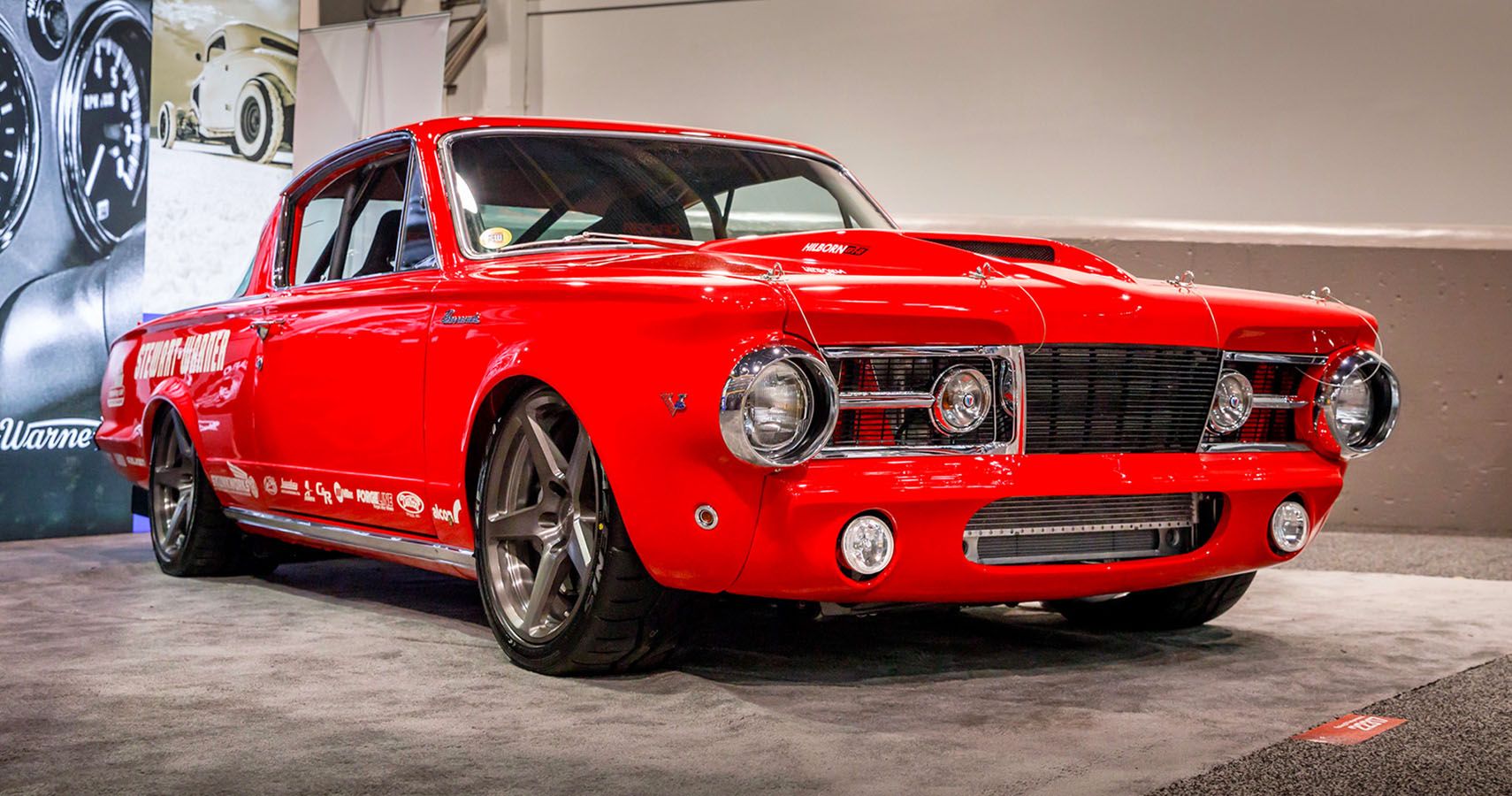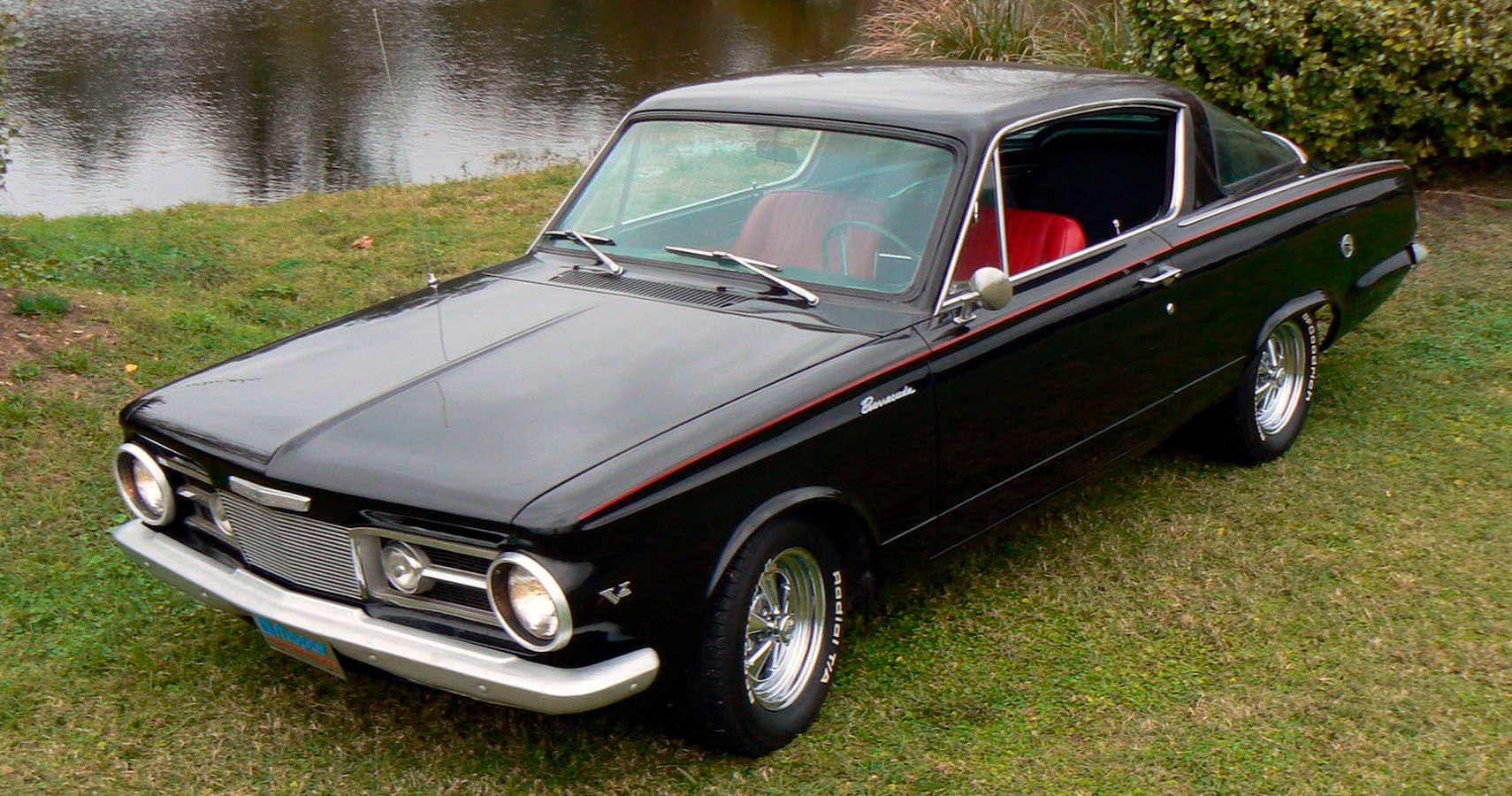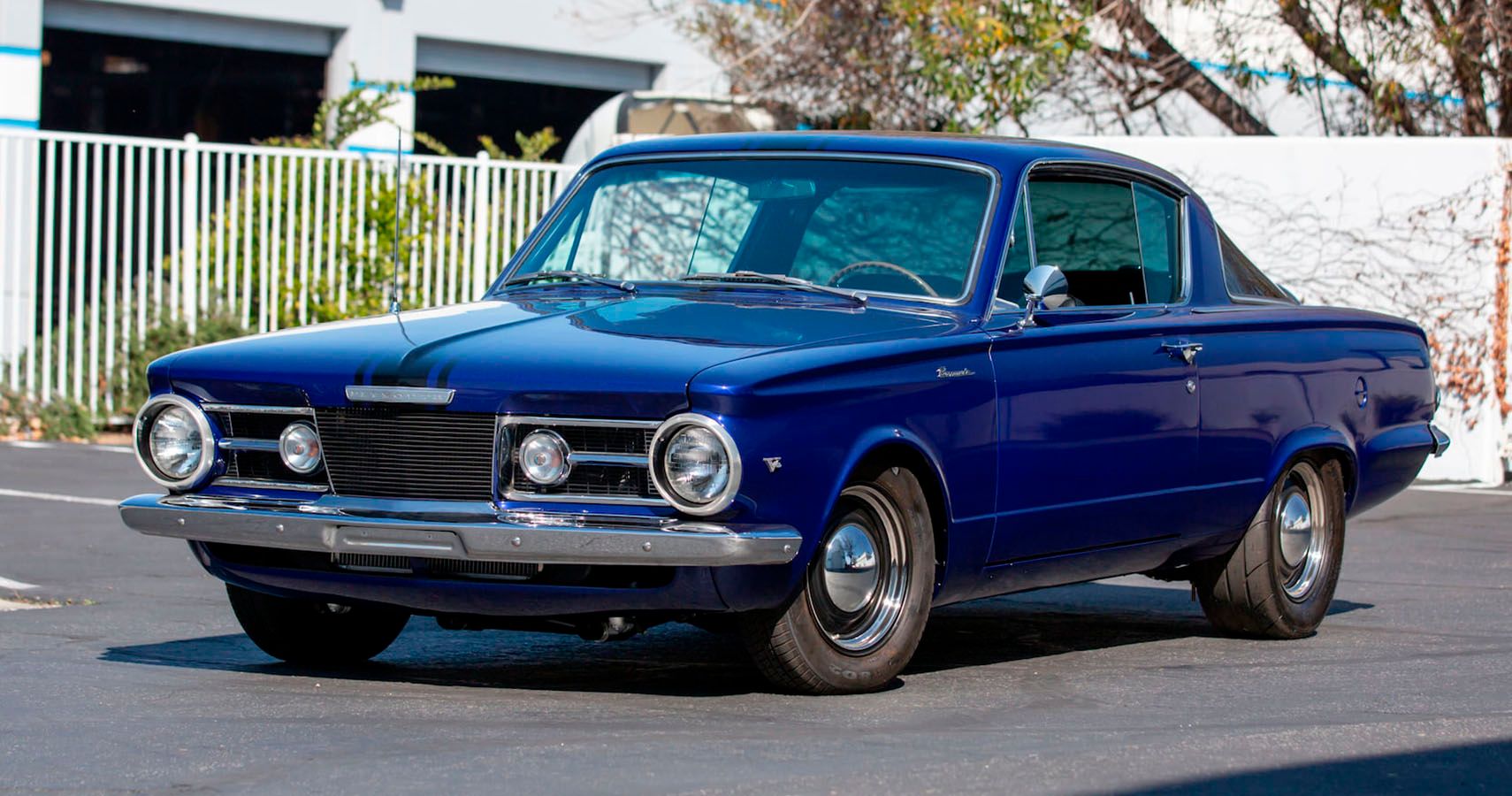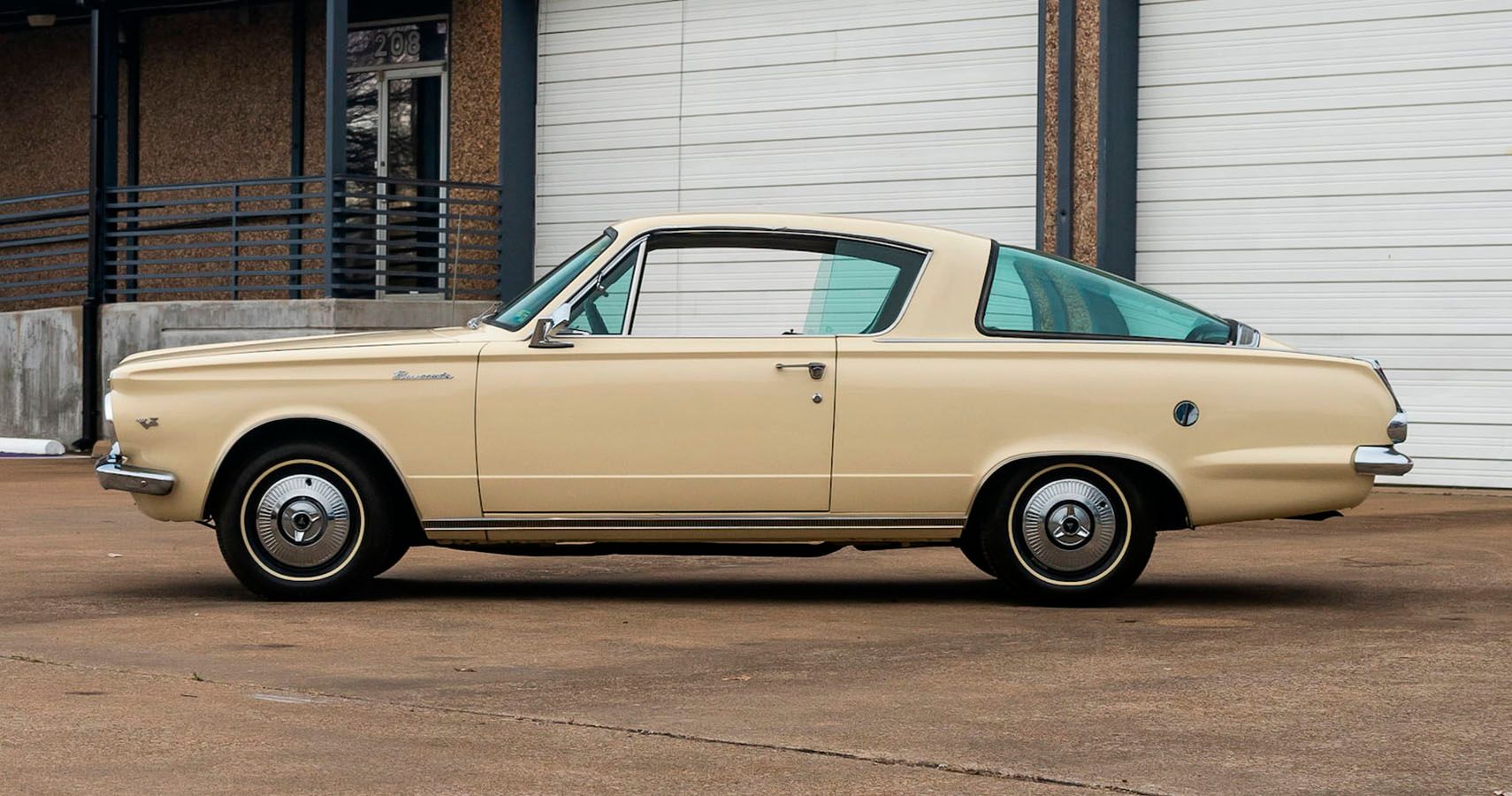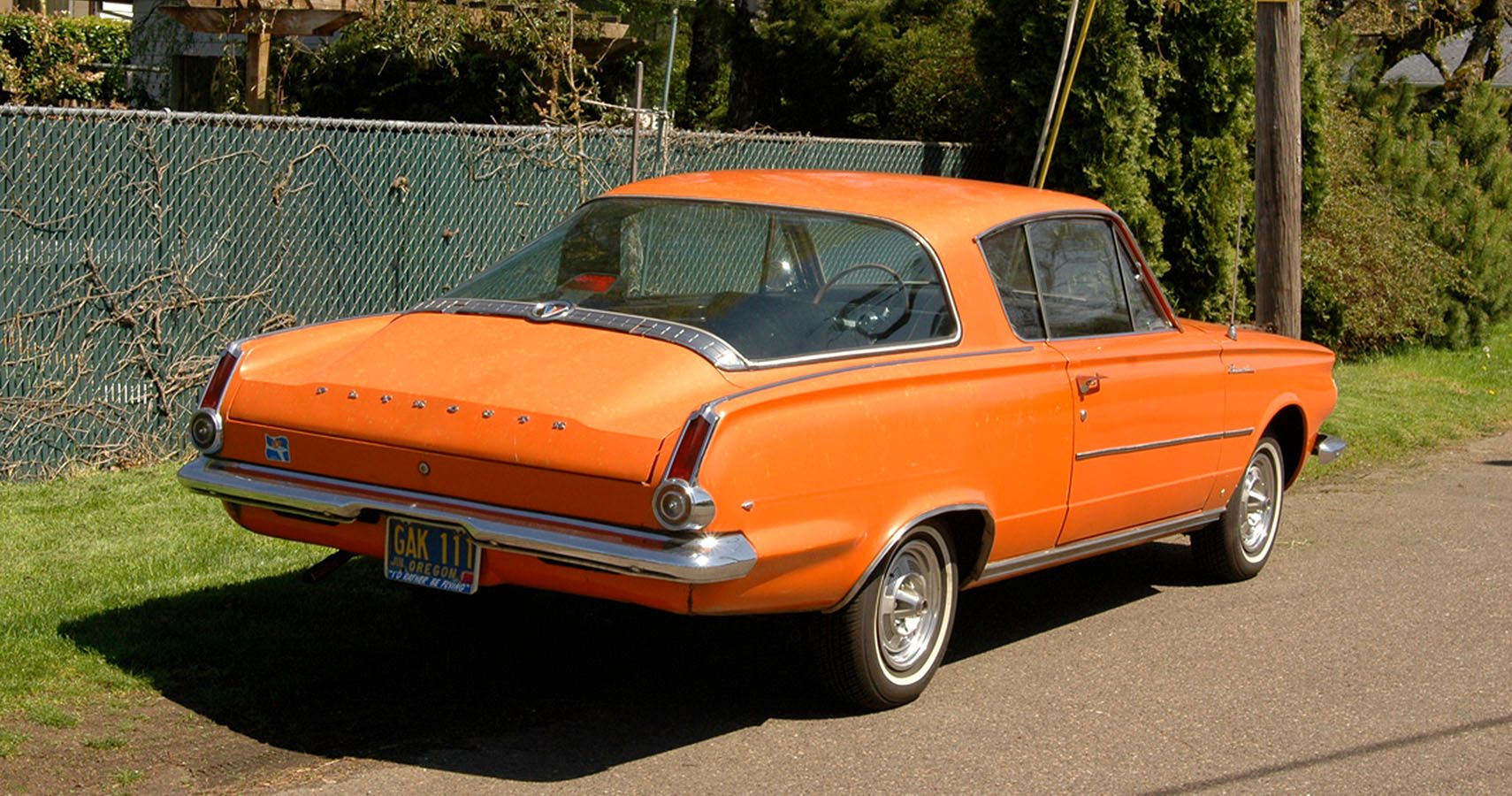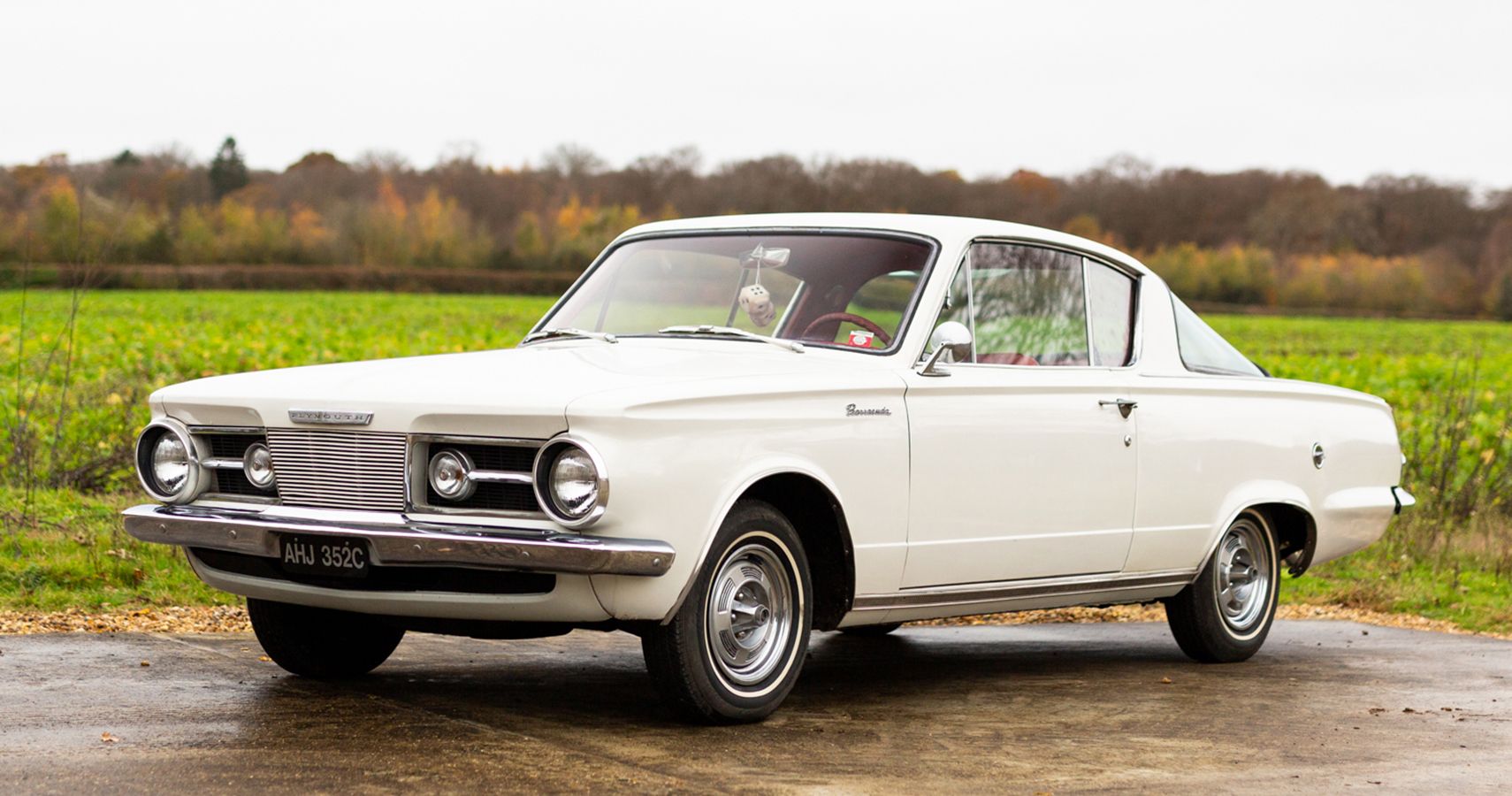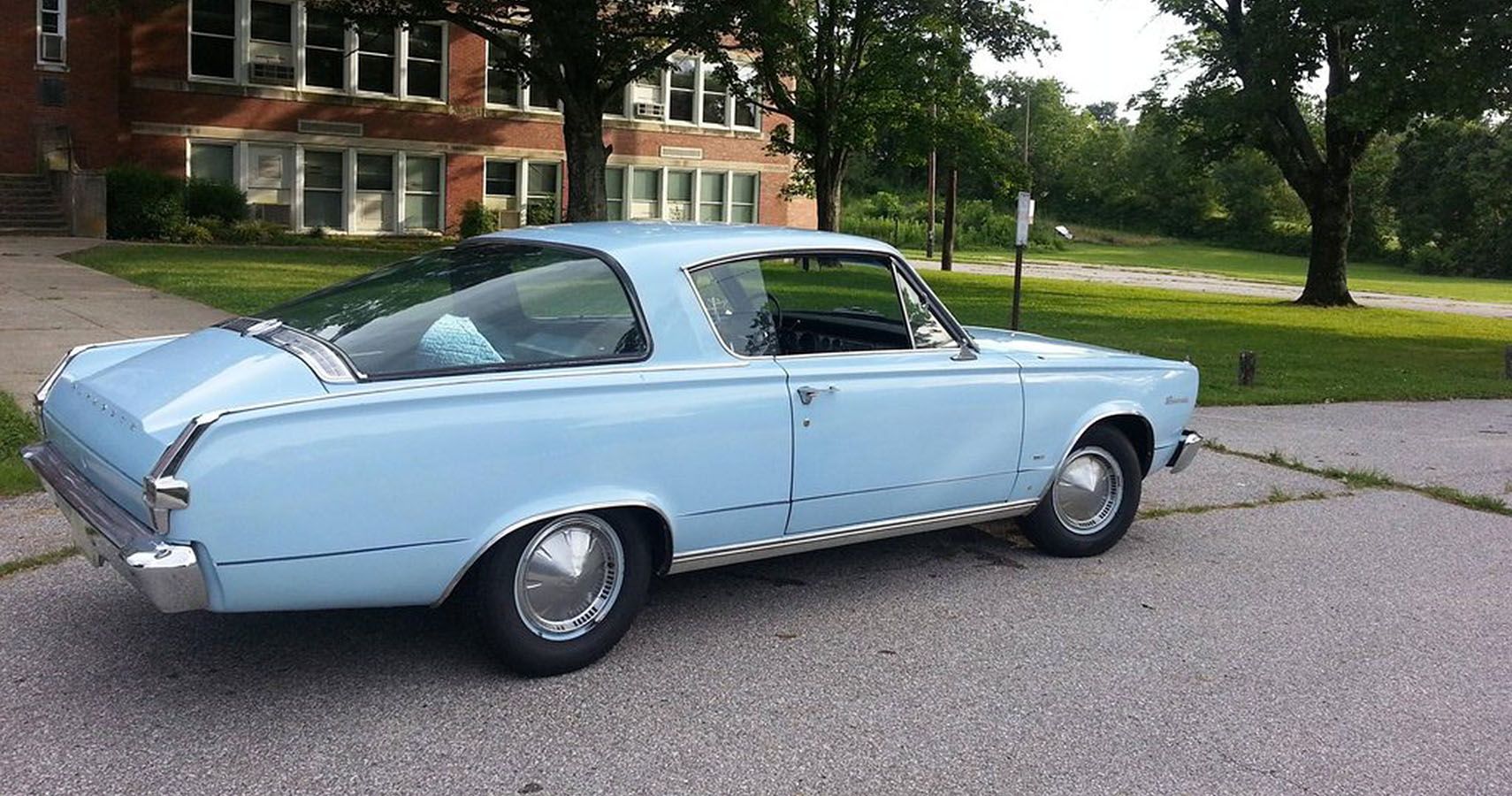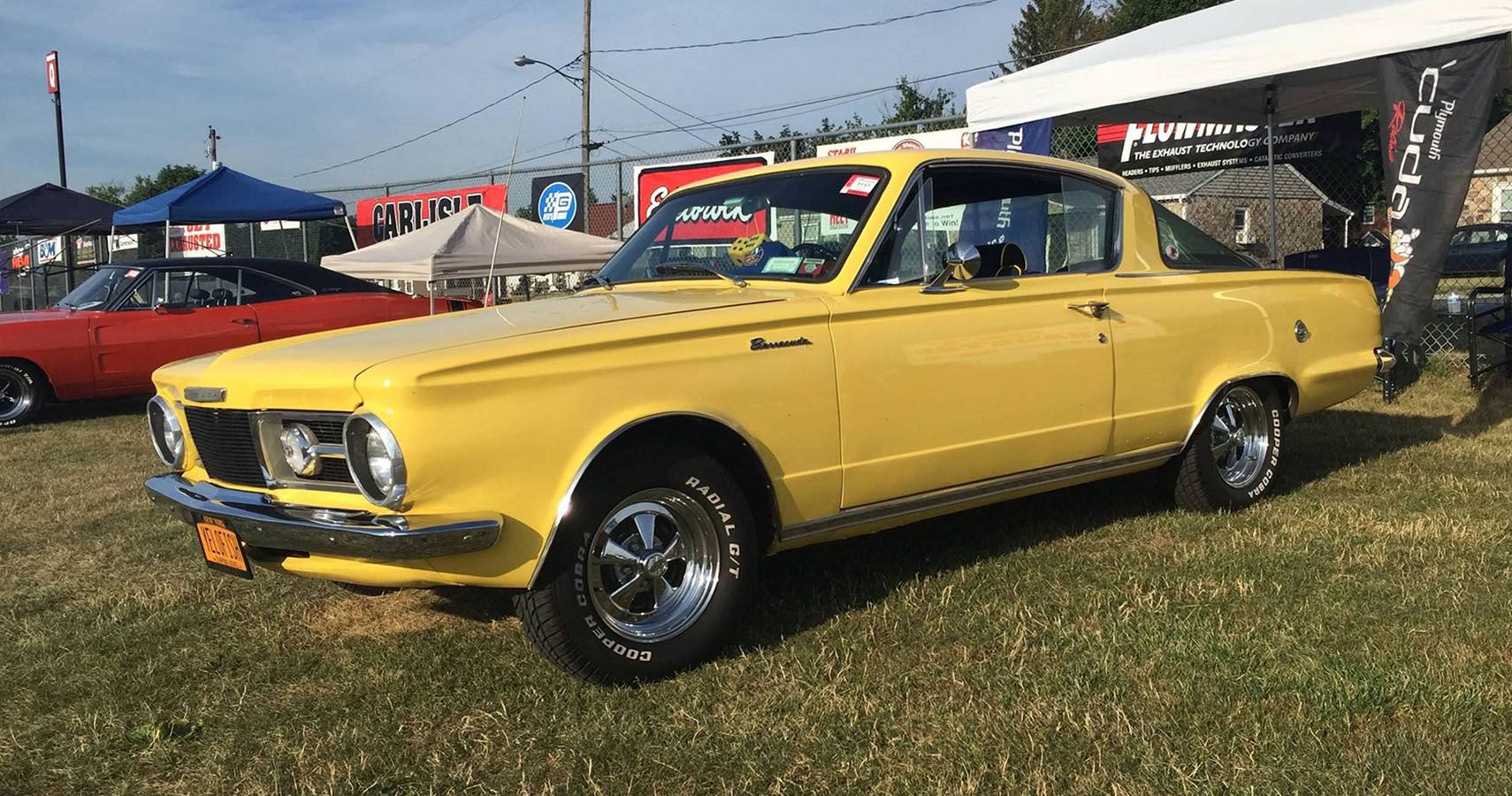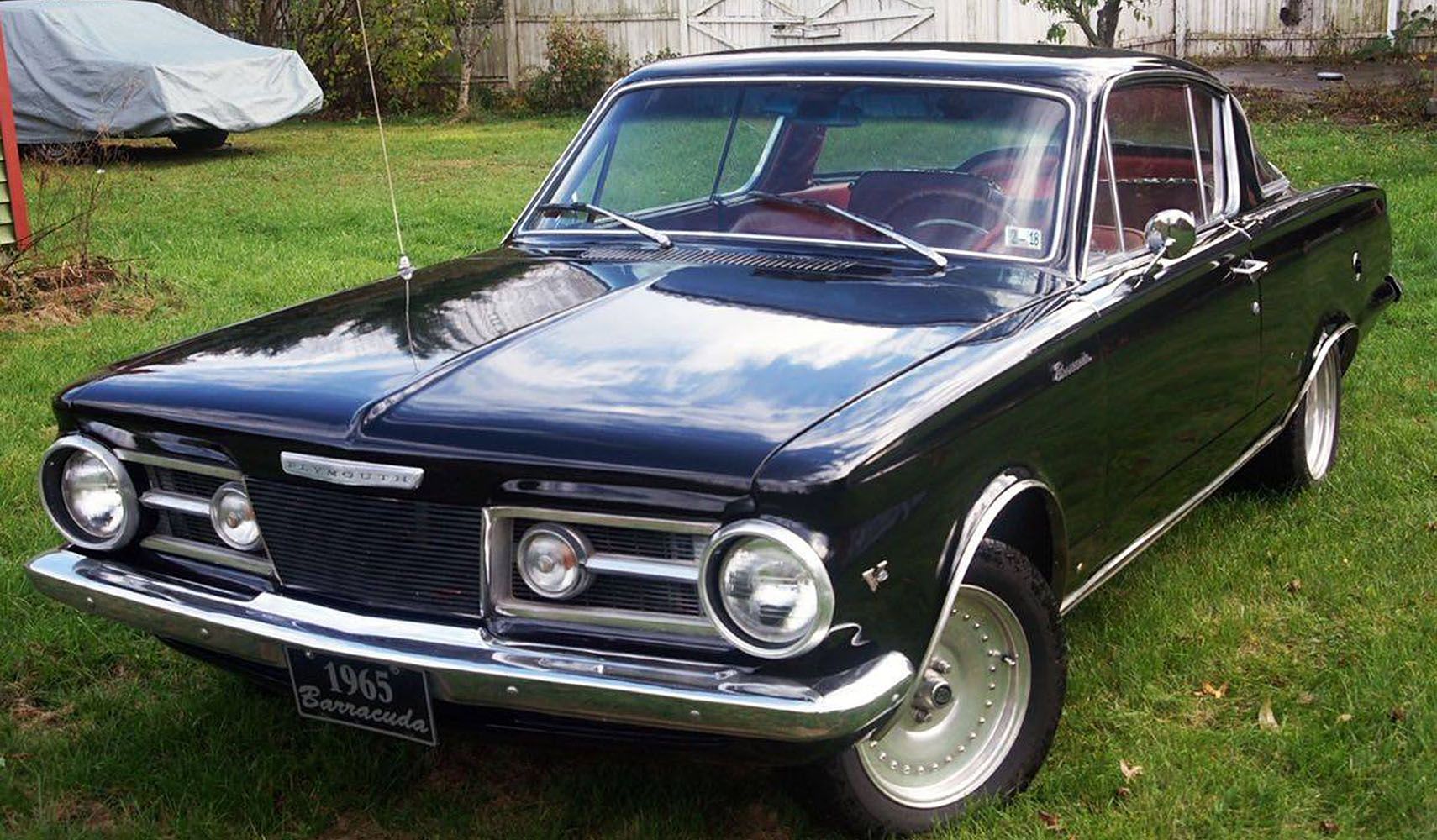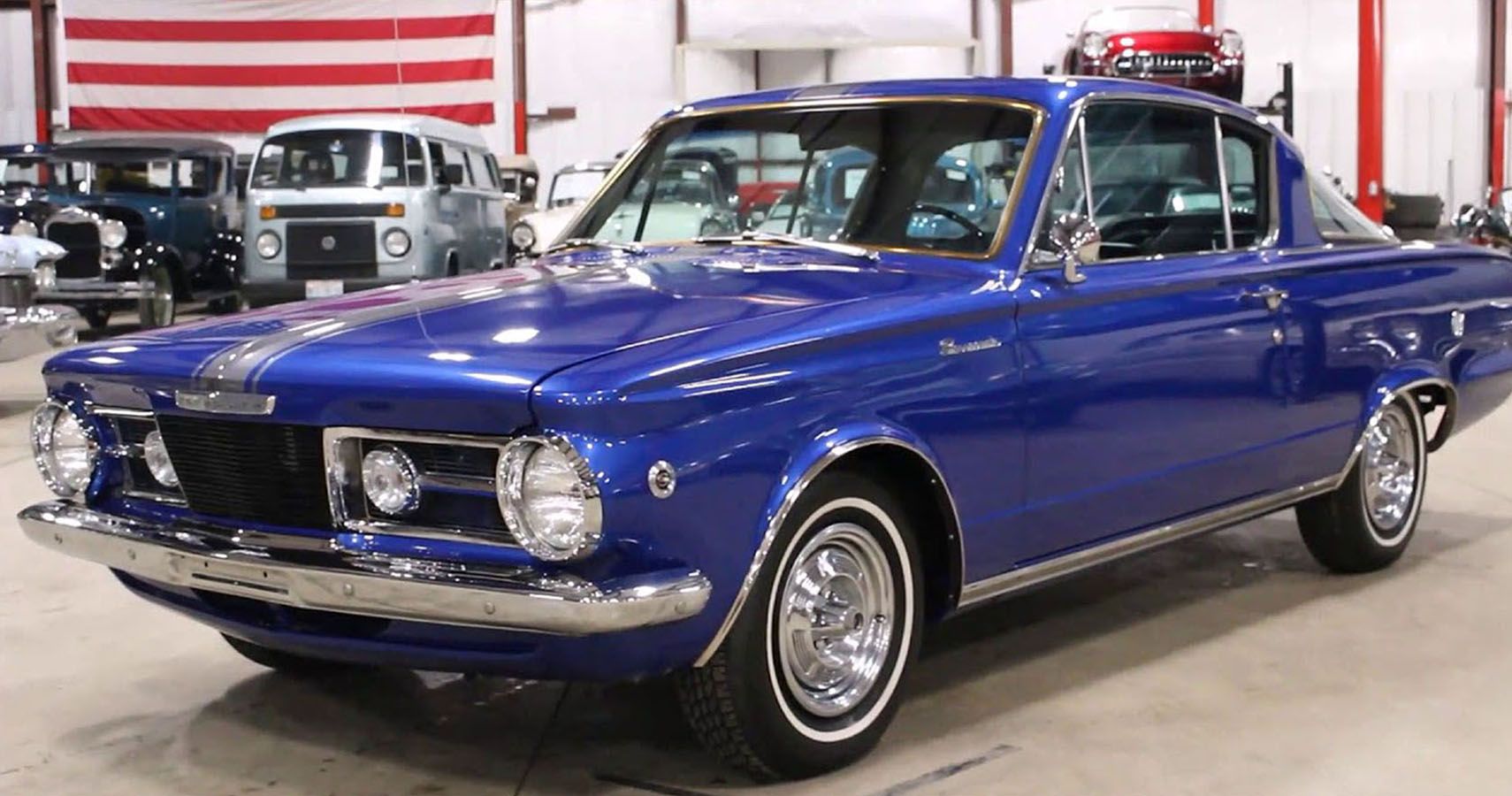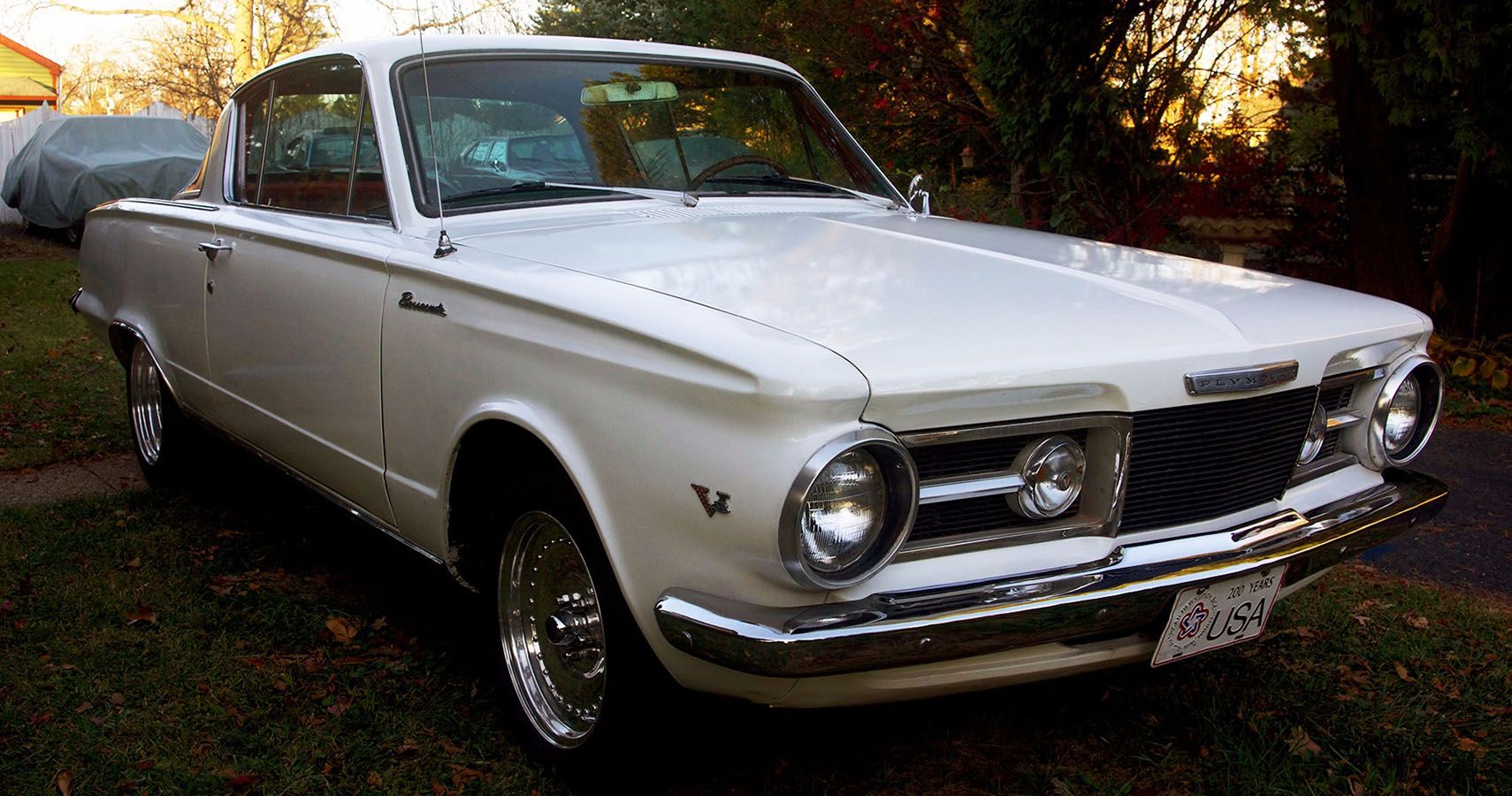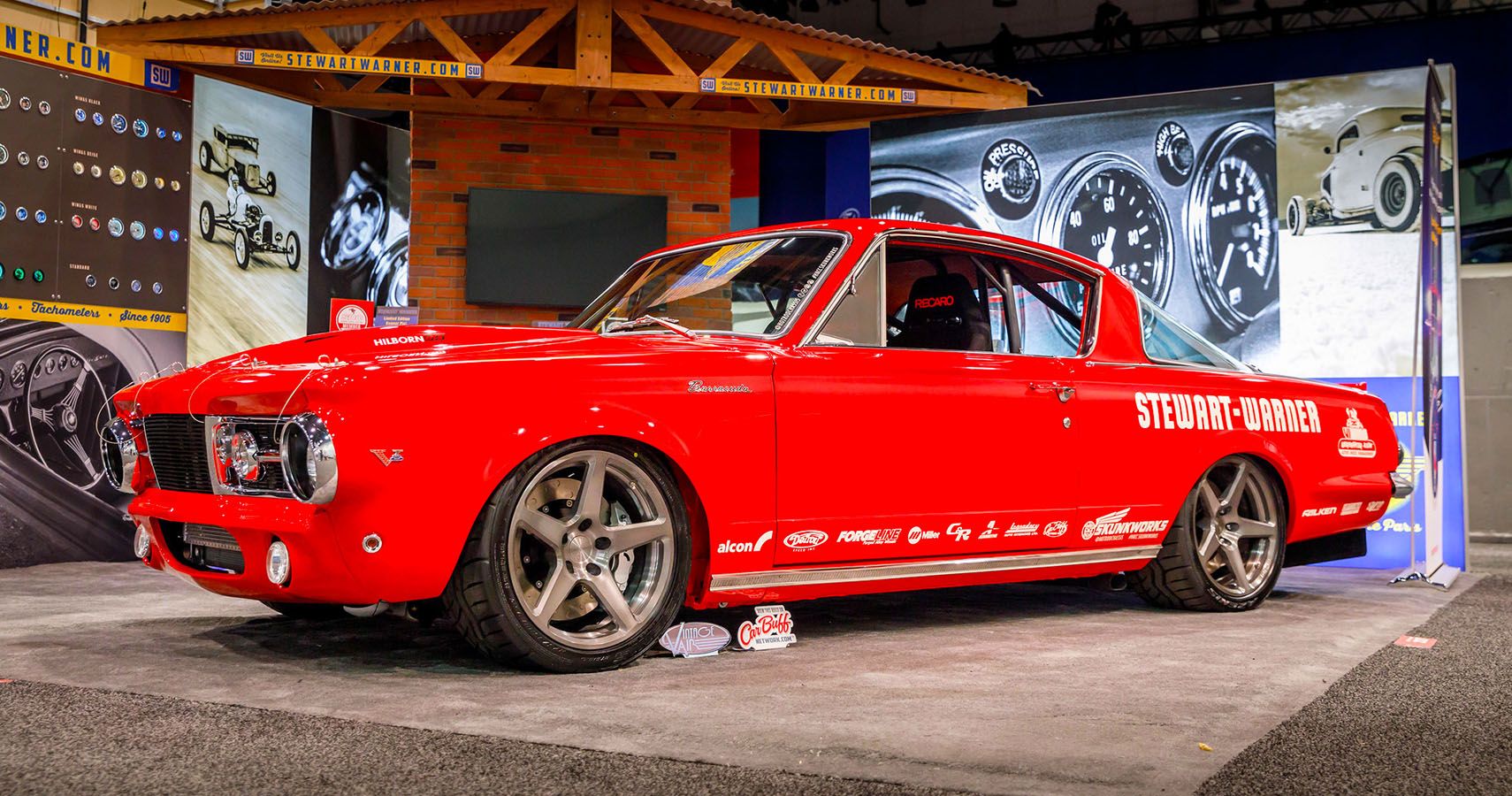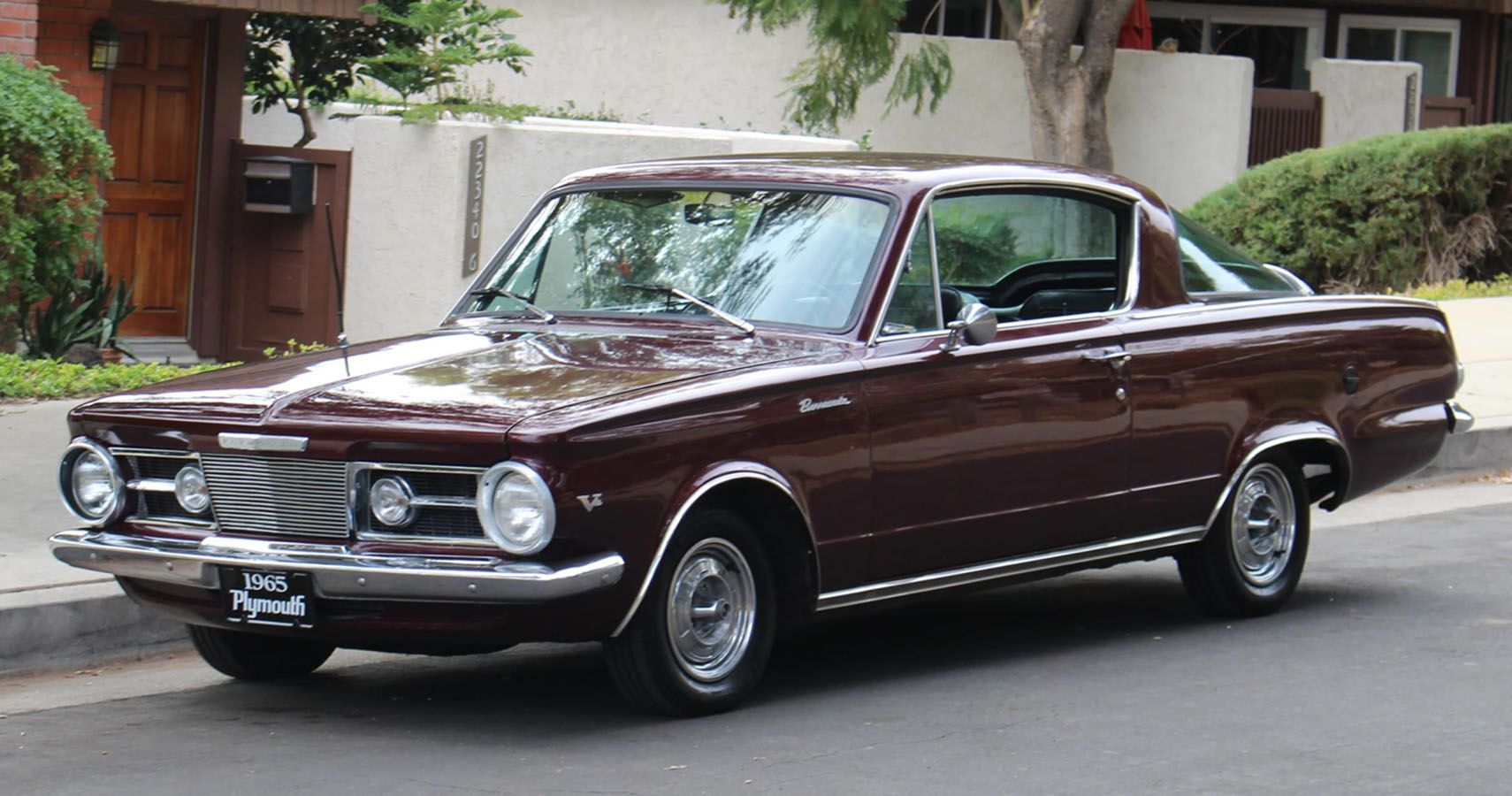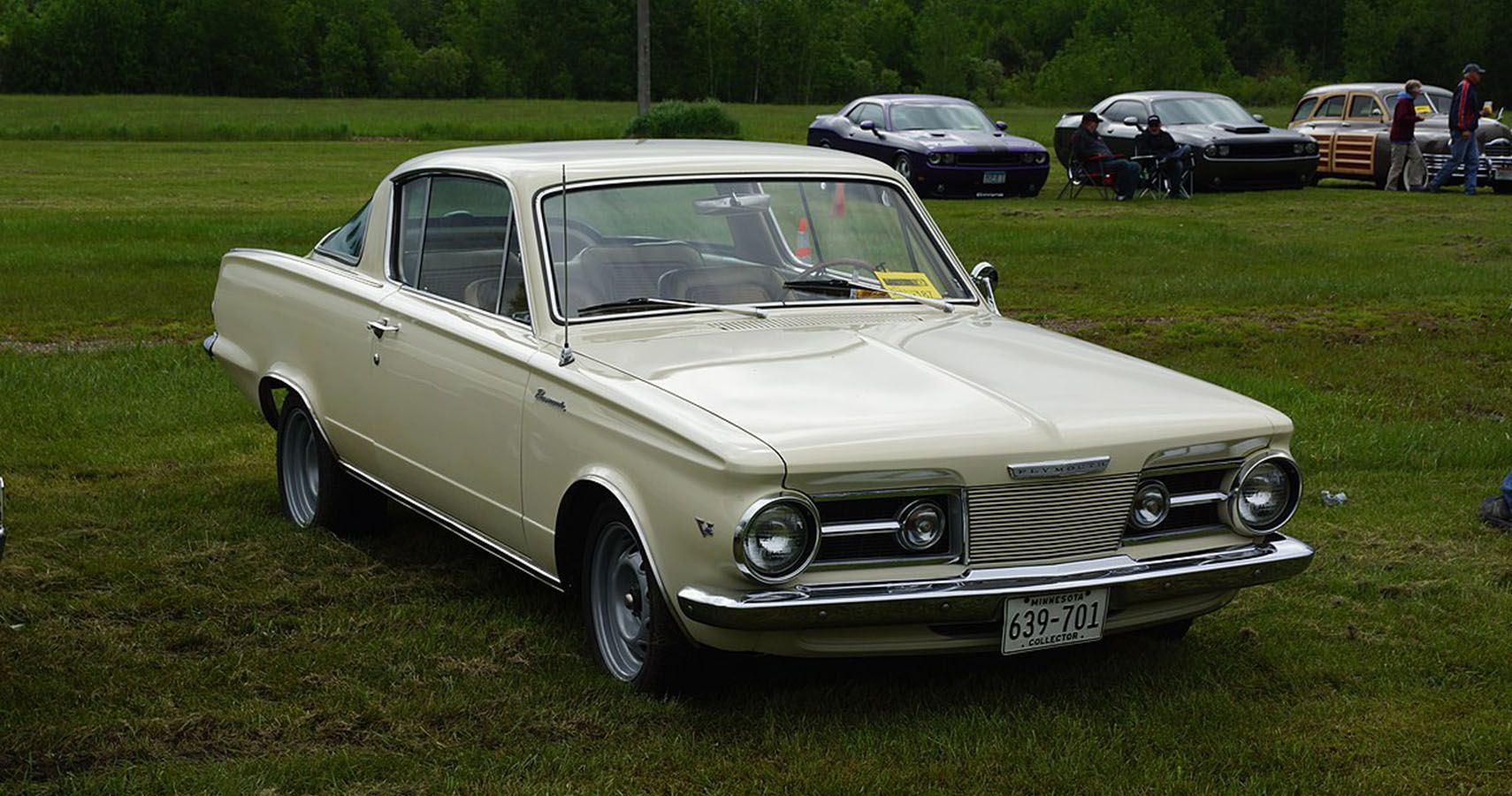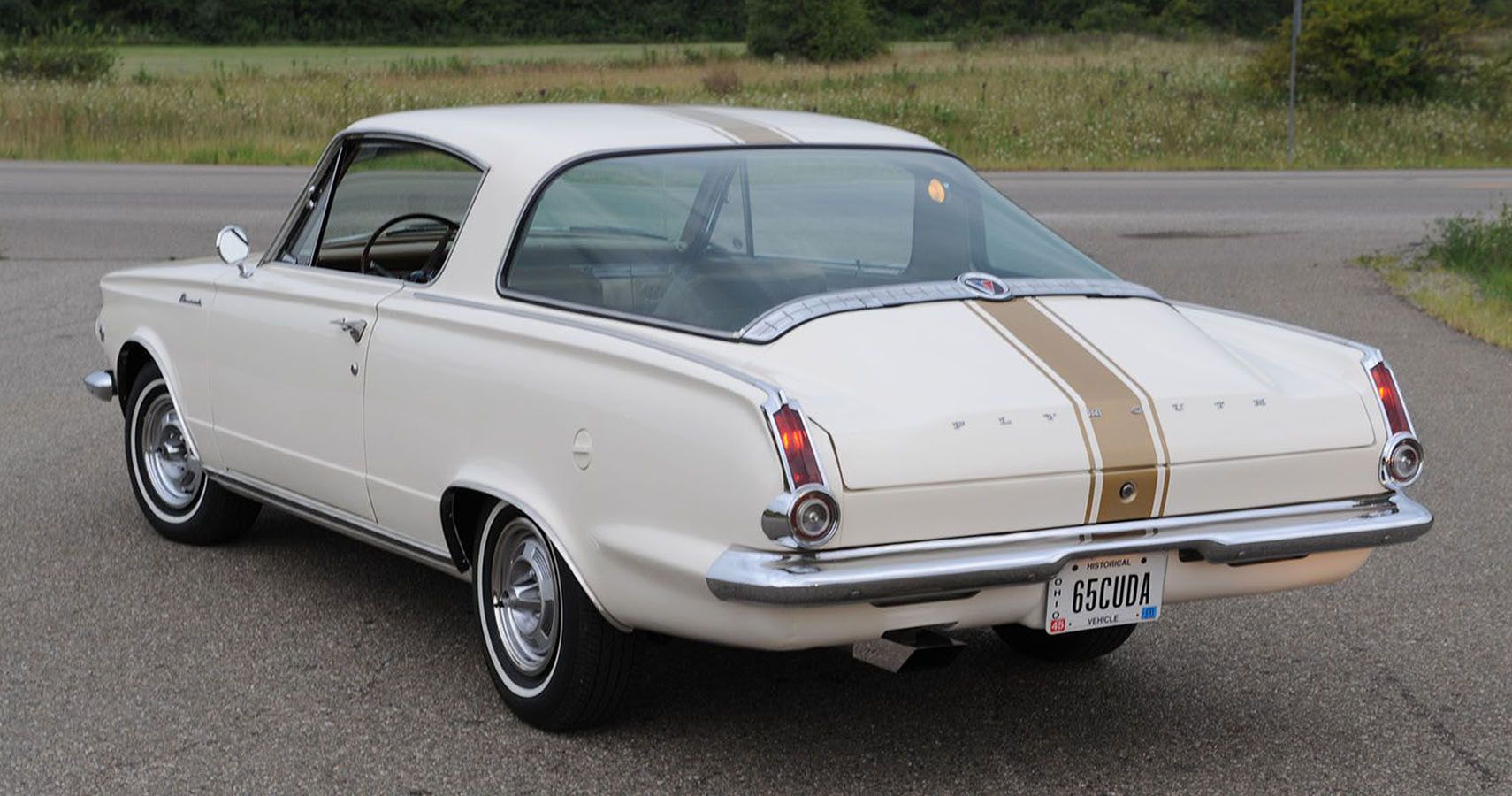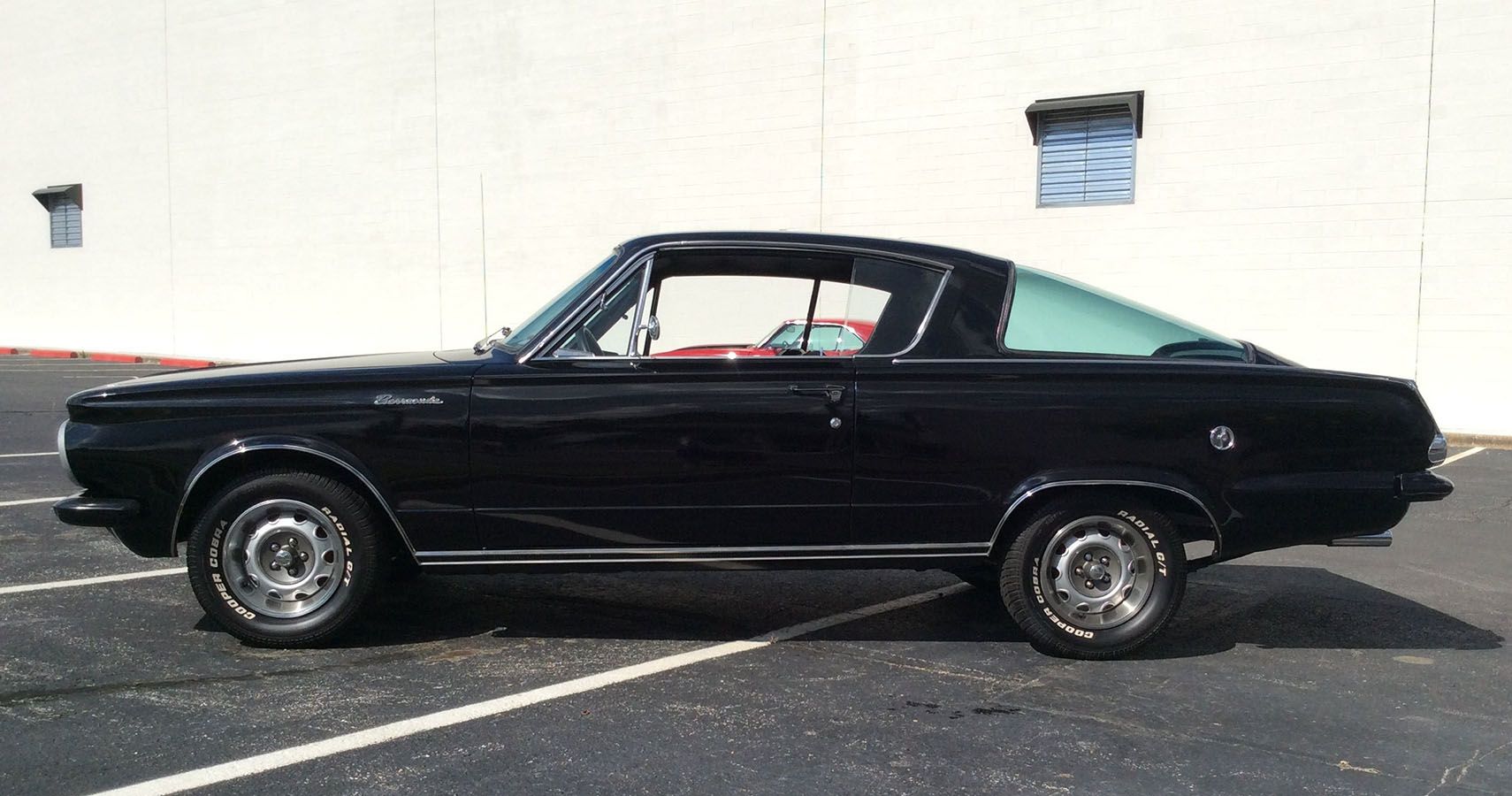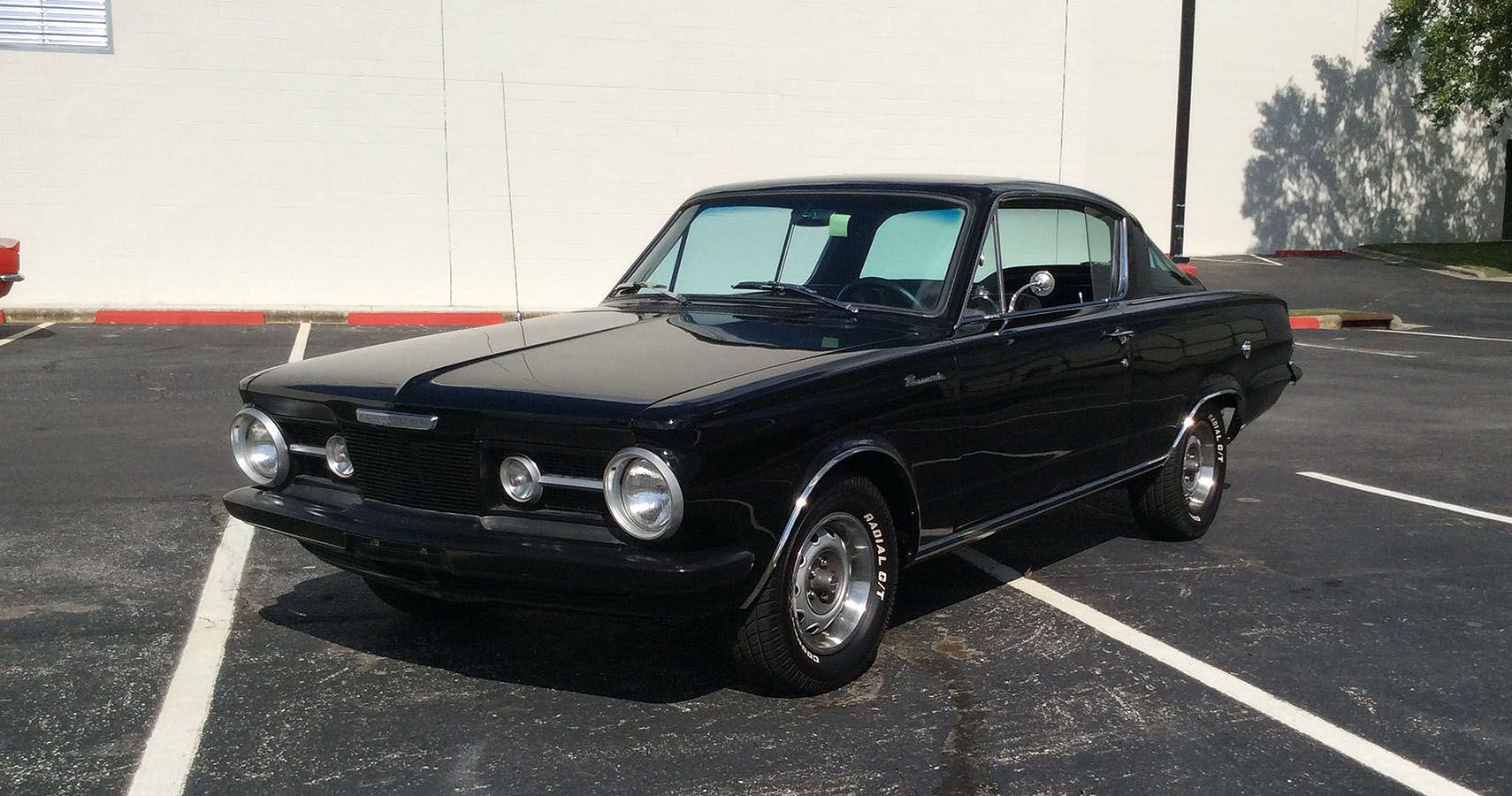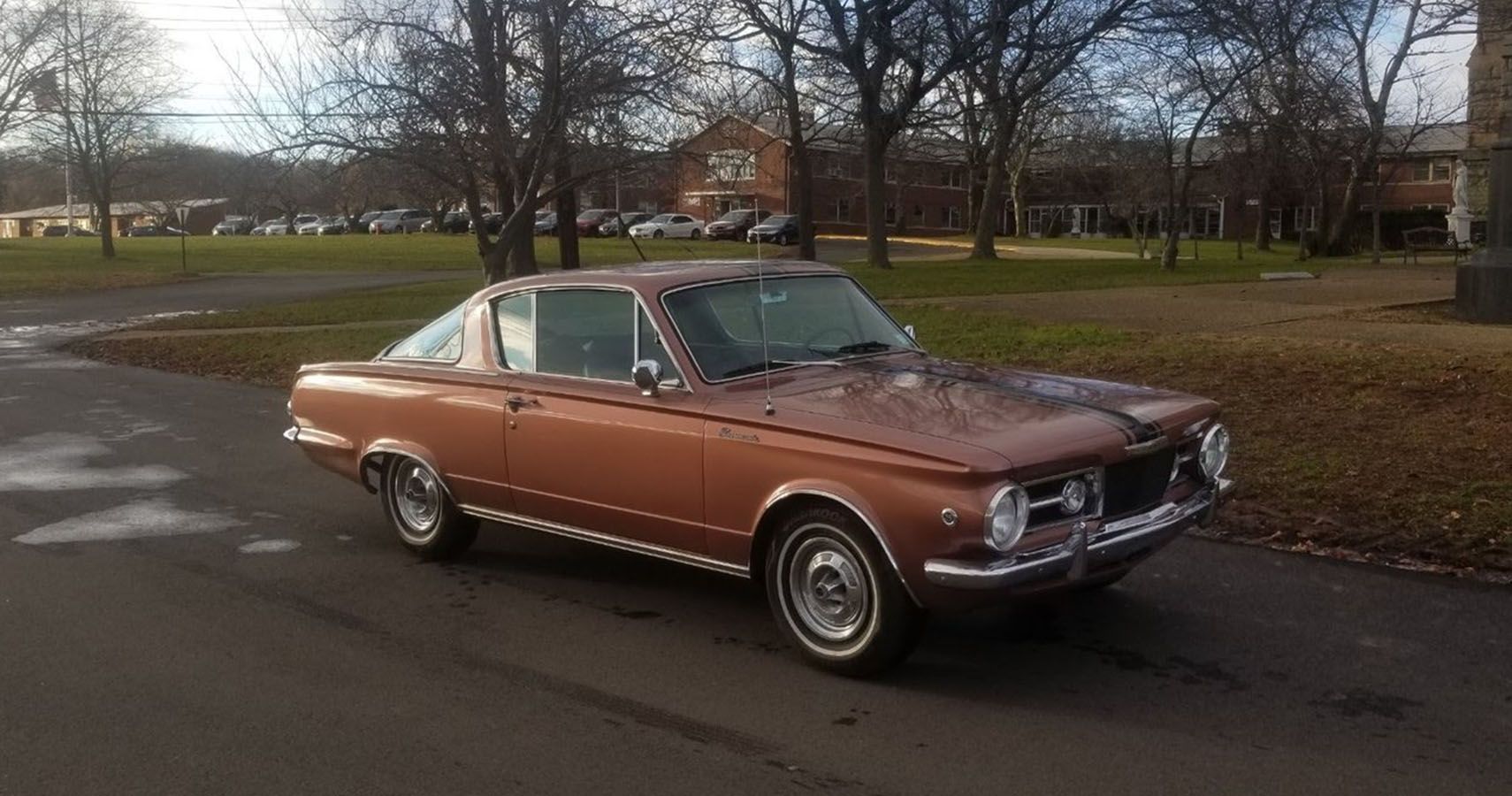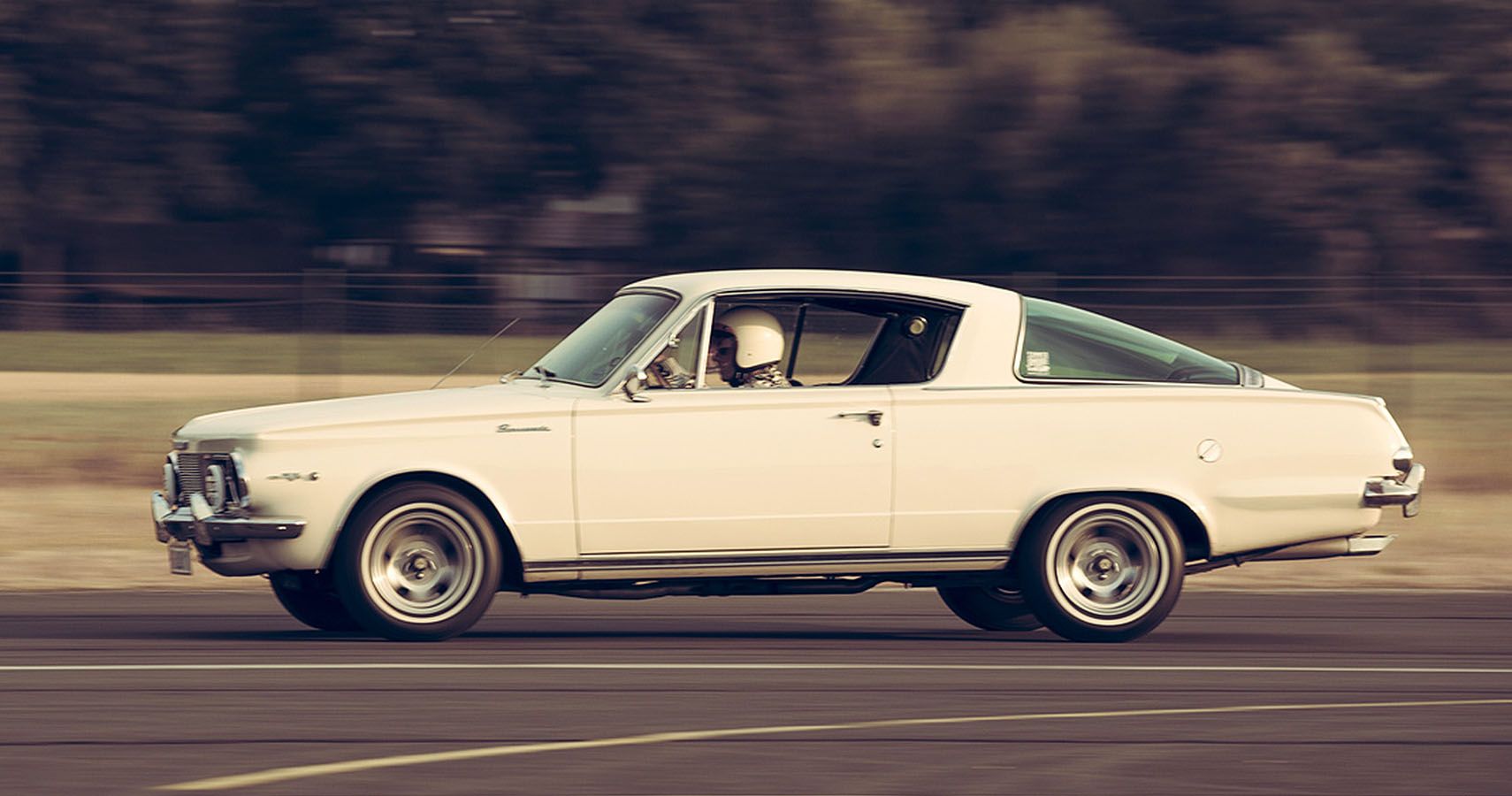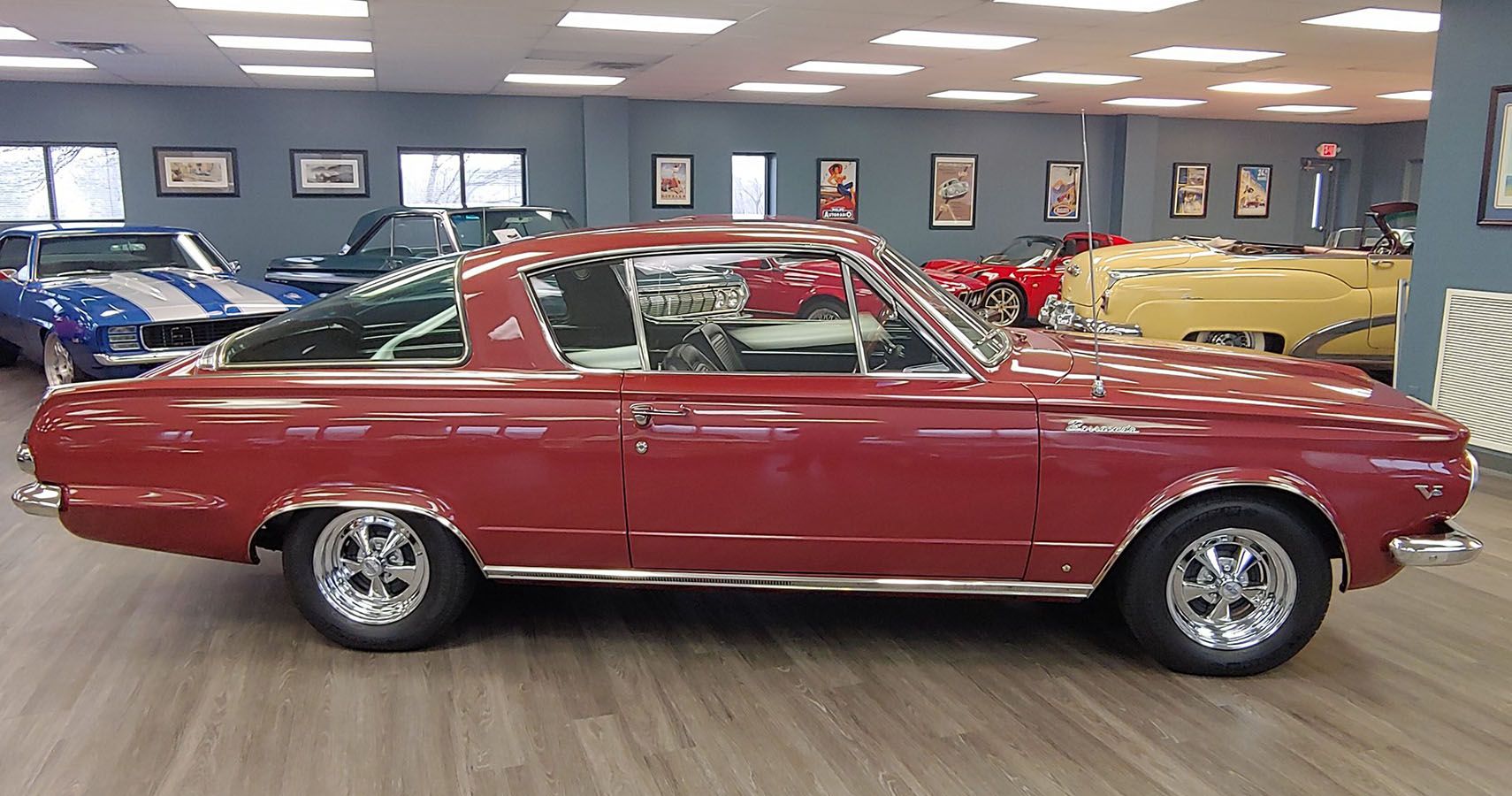The Plymouth Barracuda is the origin story of the muscle car, and basically is the classic car that started all the horsepower wars. The Ford Mustang arrived at the scene in 1964 mid-year, so the first model is often dubbed 1964½, but the Barracuda preceded the Mustang by a few days, although it always lagged in sales.
Public favor may have lain with the Mustang but industry experts agree, the Barracuda was the first muscle car on the scene, even though there were other V8-powered cars before. The Barracuda arrived in 1964, but it’s the 1965 model that nearly tripled in sales and became far more popular than the debut one, for more reasons than one.
It lasted for just one decade, and in 1974, the Barracuda hung up its boots as quietly as it had worn them to walk onto the muscle car scene, kickstarting the horsepower era and changing the face of American automobile history forever.
Here are ten reasons why you should buy the 1965 Plymouth Barracuda if you are into classic cars.
10 1965 Plymouth Barracuda Is A Legend
The Plymouth Barracuda was a cool car, even at its inception, in 1964. But sales were slow for the first year, nearly tripling in the second year because the Barracuda managed to right any wrongs and also market itself better as a pony car for the time.
When news of Ford's sporty new car (the Mustang) based on the Falcon became common knowledge, the stylist at Chrysler, Irv Ritchie designed a fastback version of the Valiant. While execs were going to name it “Panda”, thankfully, the Barracuda name stuck and a legend was born.
9 It Offered More Power Than The 1964 Model
The 1964 Plymouth Barracuda came onto the scene with three engine options, two of which were slant-six engines. The 2.8-liter base trim jetted a little over 100 horses while the 3.7-liter mill gave out 145. Another 4.5-liter V8 made 180 horses.
By 1965, things were better under the hood. The base engine was dropped, and along with the 145 horsepower slant-six and the 180 horsepower V8, the 1965 Plymouth Barracuda also carried a 4.5-liter Commando V8 with a quad-barrel carburetor that jetted 235 horses.
8 In 1965, Valiant Badges Were Dropped
The Plymouth Barracuda began life on the Valiant platform and such was its hurry to precede the Mustang that for 1964, all Barracuda wore Valiant badging as well, looking more like a fastback trim of the Valiant itself.
By 1965, the Valiant badges had been dropped. Technically, on paper, the 1965 Barracuda was still a Valiant but at least it did not wear Valiant nomenclature on its body. By 1965 the Barracuda was making a clear effort to step away from its earlier antecedents into a standalone muscle car.
7 Sales Tripled By 1965
In 1964, when the Barracuda debuted in the car bazaar, it sold a little over 23,000. Not bad but not very stellar either. This even though the Barracuda did come before the Mustang then again, Plymouth sales could never come close to Ford’s.
In 1965, with better visibility and better engine options, sales of the Barracuda took off and a total of 64,596 Barracudas were made and sold. That said; the Barracuda could never match the sales of the Mustang, considering it sold around 400,000 in the same period.
6 It’s Still Not Very Expensive
The 1965 Plymouth Barracuda is a pure steal on the classic car bazaar, considering its limited production run, and its stature as a muscle car. You can get one from $10,000 to about $30,000, given the condition of the car and the number of miles on it.
Of course, this doesn’t mean that all Barracudas come cheap. In 1971, 16,159 Hemi Cudas were made, out of which only 11 were convertibles. Two of these were four-speed ones and one of them sold for a whopping $3.5 million at a Mecum auction in 2014. That said; prices are now on the rise.
5 Cheap Enough To Be Easily Modified
The Plymouth Barracuda, by being a rather affordable classic car, is the ideal car for modifications and even an engine swap. Meaning even if you buy a rundown version of the Barracuda (as long as it is rust and damage-free), you can build it up to be the kind of car you want it to be.
Unlike the Ford Mustang, it's not easy to find original parts of the Barracuda. But the Mopar industry is up and running and can provide you with plenty of spare parts and copies of the original to make your Barracuda classic last you for years to come.
4 The Barracuda Is Not Omnipresent
The Ford Mustang also makes for a cheap classic car. But it comes more economical simply because of sheer numbers and a presence that’s as common as air when it comes to classic cars on the road. Of course, the Mustang is still a great classic car and very often a crowd favorite.
Compared to this, the Barracuda is almost rare, and if you get one, it’s likely to get plenty of eyeballs considering this is not a car as common on the road as is a classic Mustang, or even a Camaro. The Barracuda commands a look-see and carries an unmistakable muscle car aura about it.
3 The Formula S Package Won Hearts
What really won people over was the Formula S package offered on the 1965 Plymouth Barracuda that took the same 4.5-liter V8 that jetted 180 horses but added a four-barrel carburetor to it, taking horsepower up to 235.
Along with the better engine, the car also came with a beefier suspension and wore better tires along with a standard tachometer. Of course, the car came pricier as well, especially if you chose the Torqueflite automatic suspension. Bolt-on wheel covers were another added attraction.
2 A Fastback Variant Is Cool
Another plus about the 1965 model of the Plymouth Barracuda is that from 1964 and 1966, the Barracuda was a fastback. Post that, by the end of 1966 itself, the car became a hardtop coupe riding on the now revised A-body.
It was also in 1965 that the V of the Valiant that was placed above the deck lid was now turned into a unique Barracuda fish logo. That’s the main difference between the 1964 and 1965 models, by 1965, the Barracuda had grown into its own boots.
1 Technically, It Was The First Muscle Car
There’s no question that the Ford Mustang is the more popular muscle car. But the fact remains, the Plymouth Barracuda is the first muscle car, although it may have sold in far fewer numbers than Ford’s stud.
The Barracuda, despite being a fastback, gave the rear-seat passengers more space than the Mustang, and by doing so, became a favorite of anyone and everyone who bought it. Considering sales did grow by 1965, the Barracuda did have its niche base of fans, and has so, to date.
Sources: TopSpeed, Road&Track

